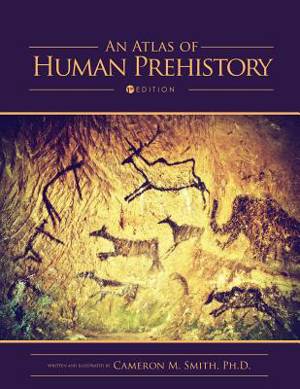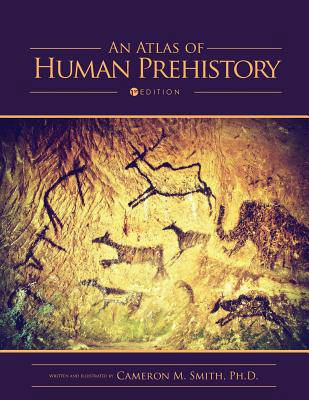
- Retrait gratuit dans votre magasin Club
- 7.000.000 titres dans notre catalogue
- Payer en toute sécurité
- Toujours un magasin près de chez vous
- Retrait gratuit dans votre magasin Club
- 7.000.0000 titres dans notre catalogue
- Payer en toute sécurité
- Toujours un magasin près de chez vous
Description
Many undergraduates struggle to fully understand the size of the earth and the diverse environments to which human beings have successfully adapted. An Atlas of Human Prehistory gives students an appreciation for the sheer size of the earth and the diverse geographies through which humanity and our ancestors have migrated and settled over millions of years.
The book's unique formatting allows students to read a stand-alone topical essay on the left-hand page, which refers to the accompanying detailed maps and diagrams on the right-hand page. The maps and diagrams provide additional details and enable students to "see" human adaptation across time and space. This fresh, engaging approach covers hominin evolution, important fossil sites, early dispersal around the world, biocultural and subsistence adaptations, and the establishment of ancient civilizations.
An outstanding blend of words and visuals, An Atlas of Human Prehistory gives readers excellent graphical representations of the chief lessons of our shared past and a greater understanding of the pace of movement across time. It is an excellent supplement for courses in archaeology, ancient history, human geography, and physical anthropology.
Cameron M. Smith completed his undergraduate studies at London's Institute of Archaeology and Durham University, learning paleoanthropology through two field seasons at Koobi Fora, Kenya. He went on to pursue his Ph.D. in archaeology at Simon Fraser University in Canada, specializing in stone tool analysis and continuing to excavate sites worldwide. Dr. Smith is now a faculty member at Portland State University, where he teaches courses in world prehistory and field and laboratory methods. His research interests include evolution, biocultural adaptation, cognitive evolution, and the archaeology of Pacific Northwest Coast.
Spécifications
Parties prenantes
- Auteur(s) :
- Editeur:
Contenu
- Nombre de pages :
- 176
- Langue:
- Anglais
Caractéristiques
- EAN:
- 9781634873123
- Date de parution :
- 20-03-18
- Format:
- Livre broché
- Format numérique:
- Trade paperback (VS)
- Dimensions :
- 216 mm x 279 mm
- Poids :
- 421 g

Les avis
Nous publions uniquement les avis qui respectent les conditions requises. Consultez nos conditions pour les avis.






